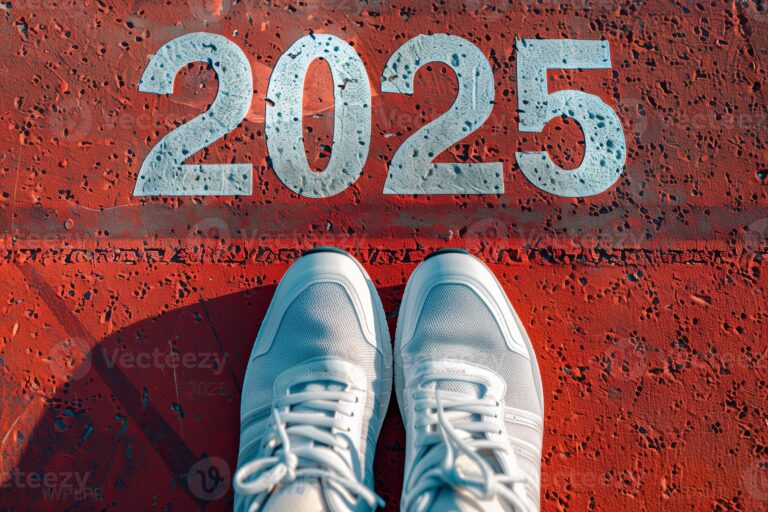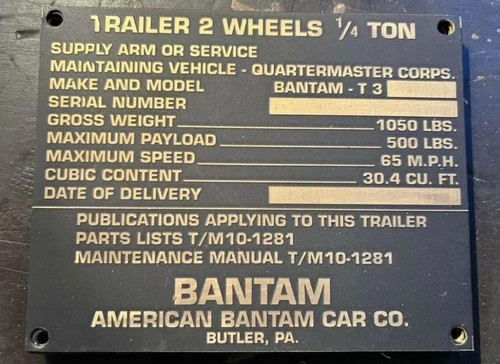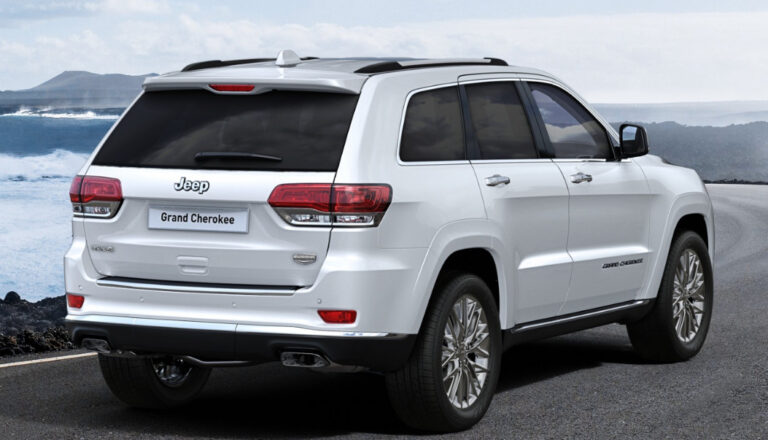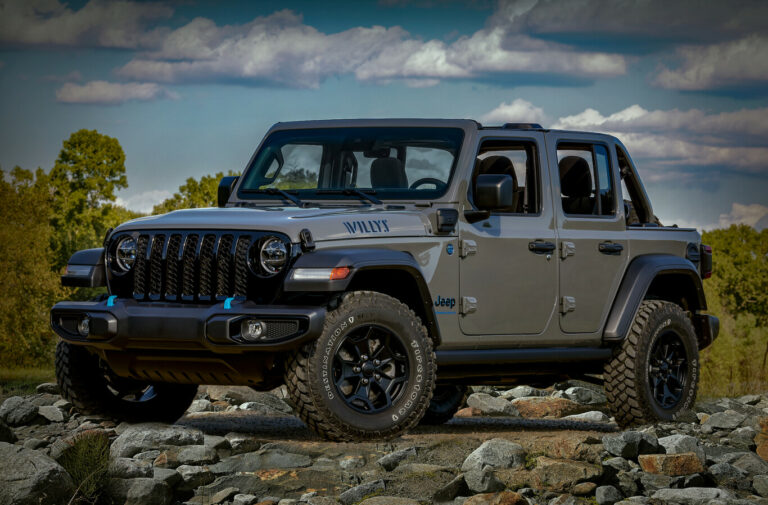Jeep Stroker For Sale: Unleashing the True Potential of Your Off-Road Icon
Jeep Stroker For Sale: Unleashing the True Potential of Your Off-Road Icon jeeps.truckstrend.com
For generations of enthusiasts, the Jeep 4.0L inline-six engine has been a legendary workhorse, renowned for its bulletproof reliability and surprising low-end torque. However, in the pursuit of greater power, enhanced off-road prowess, and a more exhilarating driving experience, many Jeep owners turn to a potent modification known as the "stroker" engine. When you see "Jeep Stroker For Sale," you’re looking at an opportunity to acquire a heart that pumps significantly more horsepower and torque into an already capable machine, transforming it from a robust performer into an absolute powerhouse.
This comprehensive guide delves into everything you need to know about Jeep stroker engines, particularly when considering one for purchase. We’ll explore what makes these engines so desirable, what to look for when buying, where to find them, and critical considerations to ensure you make an informed decision.
Jeep Stroker For Sale: Unleashing the True Potential of Your Off-Road Icon
Understanding the Jeep Stroker Engine: More Cubic Inches, More Power
At its core, a "stroker" engine refers to an internal combustion engine that has had its displacement increased by modifying the crankshaft, connecting rods, and pistons. For the beloved Jeep 4.0L (found in countless XJ Cherokees, TJ/YJ Wranglers, and ZJ/WJ Grand Cherokees), this typically involves using a crankshaft from the older, longer-stroke 4.2L (258 cubic inch) AMC inline-six engine, paired with custom or specific connecting rods and pistons designed to fit within the 4.0L block.
The result is a larger displacement engine, commonly ranging from 4.6 liters (280 cubic inches) to 4.7 liters (287 cubic inches), and sometimes even up to 4.9 liters (300 cubic inches). This increased displacement directly translates to a significant boost in both horsepower and, more importantly for a Jeep, torque. While a stock 4.0L might produce around 190 HP and 225 lb-ft of torque, a well-built stroker can easily push those figures to 220-270+ HP and 270-330+ lb-ft of torque, depending on the specific build, camshaft, and cylinder head work. It’s a modification that respects the original engine’s architecture while unlocking its hidden potential.
Why Buy a Jeep Stroker? Unlocking Performance Benefits
The appeal of a Jeep stroker is multifaceted, offering tangible advantages that cater to a wide range of Jeep enthusiasts:
- Massive Increase in Horsepower & Torque: This is the primary draw. The added displacement delivers a noticeable surge in power across the entire RPM range, making the Jeep feel much more lively and capable.
- Superior Off-Road Performance: For rock crawling, mudding, or tackling steep inclines, low-end torque is king. A stroker engine provides an abundance of grunt right off idle, allowing for greater control, less reliance on momentum, and the ability to turn larger tires with ease.
- Enhanced Daily Driving Experience: Beyond the trails, a stroker transforms the daily commute. Acceleration is smoother and more responsive, merging onto highways is less stressful, and the need to downshift on inclines is significantly reduced.
- Improved Towing Capability: If you tow trailers, boats, or other vehicles, the added torque of a stroker makes a dramatic difference, reducing strain on the drivetrain and providing a much more confident towing experience.
- Retains Original Driveline Compatibility: Unlike a full V8 engine swap, a stroker build largely retains the factory bellhousing, transmission, and transfer case connections, simplifying the conversion and often making it a more cost-effective solution.
- Familiarity and Reliability (When Built Right): Because it’s based on the robust 4.0L block, a properly built stroker can be just as reliable as a stock engine, provided it’s assembled with quality components and receives appropriate supporting modifications.

What to Look For When Buying a Jeep Stroker For Sale: A Buyer’s Guide
Acquiring a used stroker engine or a Jeep with one already installed requires careful consideration. Not all strokers are created equal, and a poorly built one can lead to headaches and costly repairs.
- Build Quality and Builder Reputation: This is paramount. Was the engine built by a reputable, experienced engine builder or a backyard mechanic? Ask for documentation, receipts for parts, and the builder’s name. A professional build typically implies higher quality components and precise machining.
- Documentation and History: Request a detailed build sheet. This should include information on the crankshaft (e.g., 4.2L ground .030/.030), connecting rods (e.g., custom, Eagle, Scat), pistons (e.g., Mahle, Keith Black, forged vs. cast), camshaft profile, cylinder head work (porting, valve size), and any other internal modifications.
- Mileage Since Build: An engine with low miles since the stroker conversion (e.g., under 20,000 miles) is generally more desirable. High mileage doesn’t necessarily mean bad, but it warrants more scrutiny.
- Ancillary Systems and Supporting Mods: A stroker produces more heat and requires more fuel and air. Inquire about:
- Cooling System: Has it been upgraded (heavy-duty radiator, fan clutch, electric fan conversion)? This is critical for longevity.
- Fueling: Are larger fuel injectors installed? Is there a higher-flow fuel pump?
- Exhaust: Is there a header and a high-flow catalytic converter/exhaust system to allow the engine to breathe?
- ECU Tuning: Has the engine control unit (ECU) been properly tuned for the increased displacement and airflow? This is essential for optimal performance, fuel economy, and reliability.
- Physical Inspection (If Possible):
- Compression Test/Leak-Down Test: Perform these tests to assess the health of the cylinders and valves.
- Oil Condition: Check the oil for any signs of metal flakes, coolant contamination, or excessive sludge.
- External Leaks: Look for oil, coolant, or power steering fluid leaks.
- Listen for Noises: Start the engine (if possible) and listen for any knocking, tapping, or unusual sounds.
- Vehicle Condition (If buying a complete Jeep): Don’t let the stroker engine distract you from the rest of the vehicle. Check the frame, suspension, axles, and transmission for signs of abuse or neglect. A powerful engine in a worn-out chassis is a recipe for disappointment.
Where to Find a Jeep Stroker For Sale
The market for Jeep strokers is active, but finding the right one requires knowing where to look:
- Specialized Jeep Forums & Facebook Groups: These are often the best places. Enthusiasts frequently sell their built engines or entire Jeeps. Search for groups dedicated to Jeep XJ, TJ, YJ, or "Jeep Stroker Builds."
- Online Marketplaces: Craigslist, eBay Motors, and Facebook Marketplace are common platforms. Use specific search terms like "Jeep 4.6 stroker," "Jeep 4.7 engine," or "Jeep XJ stroker for sale."
- Dedicated Performance Shops & Builders: Some shops that specialize in Jeep engine builds might have pre-built engines for sale or even complete vehicles they’ve modified.
- Word of Mouth: Network within the local Jeep community. Attend local off-road events or club meetings; you might find someone looking to sell.
- Used Parts Retailers/Junkyards (Rare): It’s less common to find a dedicated stroker here, but sometimes a complete, modified engine from a wrecked vehicle might surface.
Pricing a Jeep Stroker: What to Expect
The cost of a Jeep stroker varies significantly based on its condition, the quality of components used, who built it, and what’s included. Here’s a general price guide:
| Item | Description | Estimated Price Range (USD) | Key Factors Affecting Price |
|---|---|---|---|
| Bare Stroker Long Block | Engine block, crankshaft, rods, pistons, cylinder head, camshaft. No external accessories (intake, exhaust, sensors, etc.). | $2,500 – $5,500 | Quality of internal components (forged vs. cast), builder reputation, cylinder head work, camshaft choice, warranty. |
| Complete Drop-In Stroker Engine | Long block plus intake manifold, exhaust manifold, fuel rail, injectors, sensors, possibly alternator, power steering pump, etc. Ready for install. | $4,000 – $8,000 | All factors of a long block, plus condition of included accessories, ECU tuning (if pre-loaded). |
| Jeep with Stroker Engine | Complete vehicle with a stroker installed. | $8,000 – $25,000+ | Condition of the entire vehicle (chassis, suspension, drivetrain), mileage since build, quality of the stroker build, overall modifications to the Jeep. |
| DIY Stroker Kit (Parts Only) | Crankshaft, rods, pistons, bearings, gaskets needed for a DIY build. | $1,500 – $3,000 | Brand and quality of components (e.g., budget cast vs. premium forged). Does not include machining or labor. |
Note: These prices are estimates and can fluctuate based on market demand, regional differences, and specific build details. Always verify what’s included in the sale.
Installation Considerations and Post-Purchase Tips
Once you’ve found your ideal Jeep stroker, the journey isn’t over. Proper installation and follow-up are crucial for longevity and performance.
- Professional Installation: Unless you possess advanced mechanical skills and the necessary tools, professional installation is highly recommended. Engine swaps and comprehensive builds require precision.
- ECU Tuning is Non-Negotiable: A stroker engine breathes differently and requires more fuel. A custom ECU tune is absolutely essential to optimize air/fuel ratios, ignition timing, and ensure the engine runs efficiently and reliably. Without it, you risk poor performance, reduced fuel economy, and potential engine damage.
- Cooling System Upgrade: This cannot be stressed enough. A stroker engine generates more heat. A heavy-duty aluminum radiator, a high-quality fan clutch, and potentially an auxiliary electric fan are vital to prevent overheating.
- Fuel System Review: Larger fuel injectors are typically required. Ensure your fuel pump can keep up with the increased demand.
- Exhaust System: A free-flowing exhaust manifold (header) and cat-back system will allow the engine to exhale more efficiently, maximizing power gains.
- Break-in Procedure: If you’re installing a newly built stroker, adhere strictly to the builder’s break-in recommendations. This usually involves varying RPMs, avoiding prolonged high loads, and an early oil change.
- Regular Maintenance: Use high-quality synthetic oil, perform regular oil changes, and closely monitor engine temperatures and fluid levels. Listen for any unusual noises or changes in performance.
Potential Challenges and Solutions
While a stroker offers immense rewards, there are potential challenges to be aware of:
- Heat Management: As mentioned, increased power means increased heat.
- Solution: Proactive cooling system upgrades are critical.
- Fuel Economy: Expect a slight decrease in MPG, especially if you enjoy the newfound power.
- Solution: Proper ECU tuning can optimize efficiency, but accept that more power generally means more fuel.
- Emissions Compliance: In some states, highly modified engines can face challenges passing emissions tests.
- Solution: Research your local laws. A well-tuned stroker with a functioning catalytic converter can often pass, but it’s not guaranteed everywhere. Discuss this with your builder/tuner.
- Reliability (if poorly built): A "bargain" stroker built with cheap parts or by an inexperienced hand can quickly become a money pit.
- Solution: Invest in a quality build from a reputable source, and perform thorough pre-purchase inspections.
- Initial Cost: The investment can be substantial, especially for a professionally built, complete engine.
- Solution: Budget carefully, prioritize quality over saving a few dollars, and consider a DIY kit if you have the skills and tools.
Frequently Asked Questions (FAQ)
Q: Is a Jeep stroker engine reliable?
A: Yes, absolutely, if it’s built correctly with quality components and supported by appropriate cooling and fueling systems, and proper ECU tuning. A poorly built or unsupported stroker can be unreliable.
Q: What’s the best displacement for a Jeep stroker (4.6L vs. 4.7L vs. 4.9L)?
A: The 4.6L and 4.7L are the most common and generally offer the best balance of power, reliability, and cost. 4.9L builds push the limits of the 4.0L block and typically require more extensive modifications and higher-quality (and costlier) components. For most users, a 4.6L or 4.7L provides ample power.
Q: Do I need a new transmission or transfer case with a stroker?
A: Not necessarily. The stock AX-15 (manual) or AW4 (automatic) transmissions can generally handle the added power, especially if they are in good condition. However, if you plan on extreme off-roading or heavy towing, upgrading to a stronger transmission or transfer case (e.g., Atlas II) might be a wise long-term investment.
Q: Will a stroker pass emissions in my state?
A: This depends heavily on your local regulations. A properly tuned stroker with all emission control components (catalytic converter, O2 sensors) functioning can often pass a sniff test. However, visual inspections for modifications can be an issue in some areas. Always check your local laws before investing.
Q: How much horsepower does a stroker add?
A: Typically, a well-built stroker will add 30-80 horsepower and 50-100+ lb-ft of torque over a stock 4.0L, depending on the displacement, camshaft, and cylinder head work.
Q: Can I build a stroker engine myself?
A: Yes, if you have significant automotive mechanical experience, specialized tools (e.g., engine hoist, stand, torque wrenches), access to a machine shop for block/head work, and a meticulous approach. It’s a complex project not recommended for beginners.
Q: What’s the difference between a 4.6L and a 4.7L stroker?
A: The difference lies in the specific piston/rod combination used with the 4.2L crankshaft. A 4.7L typically uses a slightly longer stroke or a different piston pin height to achieve the larger displacement compared to a 4.6L. The performance difference is often minimal in practical terms, but the 4.7L technically has slightly more displacement.
Conclusion: The Ultimate Upgrade for Your Jeep
The decision to invest in a "Jeep Stroker For Sale" is an exciting one that promises to unleash the full, untapped potential of your beloved 4×4. A well-executed stroker build transforms a capable Jeep into an absolute beast, providing an exhilarating driving experience whether you’re conquering challenging trails or simply enjoying a more responsive daily commute.
However, the key to satisfaction lies in diligent research, meticulous inspection, and a commitment to quality. By understanding what constitutes a good build, knowing where to look, and preparing for the necessary supporting modifications, you can confidently acquire a stroker engine that will serve you reliably for years to come. The roar of that extra displacement and the surge of power under your right foot will undoubtedly confirm that you’ve made one of the best upgrades possible for your iconic Jeep.





